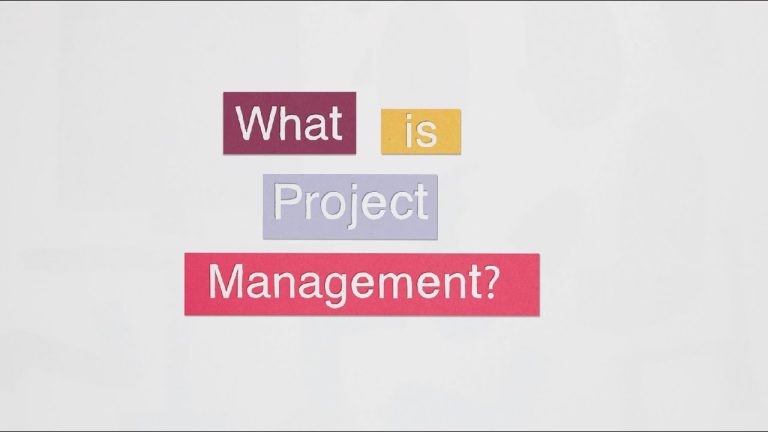Contenidos
What is project management
Project management methodologies
It has been suggested that Project Manager be merged into this article or section (see discussion).Once you have performed the article merge, request the history merge here.Using this template: {{sust:Merge from|Name of up to twenty other articles to merge separated by “|”}}
The temporary nature of projects is in contrast to the normal operations of any organization,[3]which are repetitive, permanent or semi-permanent functional activities that make products or service. In practice, the management of these two systems are often very different, requiring the development of different technical skills and management strategies.
As a discipline, project management has developed several fields of application, including civil construction, engineering and heavy defense. [9] The two precursors of project management are Henry Gantt, called the father of planning and control techniques,[10] who is famous for the use of the Gantt chart as a tool in project management (also known as Harmonogram, first proposed by Karol Adamiecki[11]); and Henri Fayol for the creation of the five management functions that are the cornerstone of the body of knowledge related to project and program management. [12] Both Gantt and Fayol studied and analyzed Frederick Winslow Taylor’s theories of scientific organization. Their work is the precursor to several modern project management tools such as work breakdown structure (WBS) and resource allocation.
Construction project management
To understand the concept of project management, the first thing you need to know is what is meant by a project in the business environment. The explanation is very simple: a project is nothing more than the sum of actions that serve to develop a business idea. Do not forget, in any case, that this idea must have commercial and financial viability, and it must also respond to a short, medium and long term vision.
All these reasons justify that project management is of great importance in today’s corporate organization, although there are many companies that still do not take it into account. But when you are going to implement this strategy in your company, you must keep in mind that there is not only one way.
There are numerous methodologies when it comes to applying project management. Which one to choose will depend on the specific characteristics and needs of your company. Here are some of the most popular ones:
Our solutions adapt exactly to your needs, analyzing what services your daily operations require to ensure that your company achieves maximum efficiency in document and project management, guaranteeing total security, accessibility from wherever you need it, and saving both time and money.
Project management
Before starting the planning of any project, it is necessary to know what project management really consists of. Knowing the phases that make it up and the benefits that project management brings are determining factors. Whether you are just starting out in the world of project management or have already gained experience, this article is sure to be useful.
Project management is made up of all those actions that must be carried out to meet a defined objective within a given period of time during which resources, tools and people are used, which have a cost that must be taken into account when the budget is made. In the end you always obtain final products that must correspond to the initial objectives.
The objective when doing project management, at the end of the day, is that you make an original product and that it fulfills a specific need of the client. It is often more complicated than with the standard way of marketing, where a customer buys a product to meet their need. However, in a project, the product has to fulfill a specific need that must be clear. This is one of the difficulties of project management, as there are often no precedents in the organization.
Project management course
Project management is a discipline that has been learned mainly from experience. Unlike business management in general, there is not much literature associated with it.
A project has one objective, which must be broken down into several more specific ones. Yes, very similar to a research, but for this case, for each specific objective there must be at least the following components:
Taking the above, it would be dangerous if, for example, in stage 2 only 40% of the activities have been executed and yet 50% of the budget has been spent. This leaves a 10% reduction in resources that will have to be adjusted along the way, leaving the project vulnerable to further changes.
Generally, there is a tendency to think of projects as having proportionate execution. In other words, activities are distributed evenly throughout the period, but in reality this will depend on the type of project being executed.

